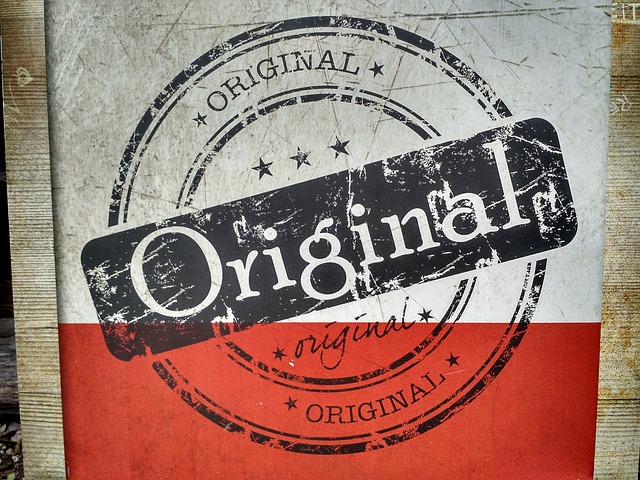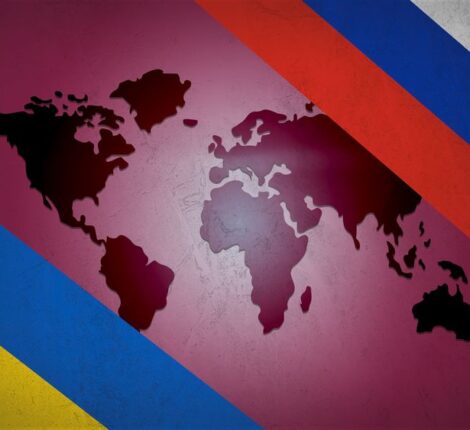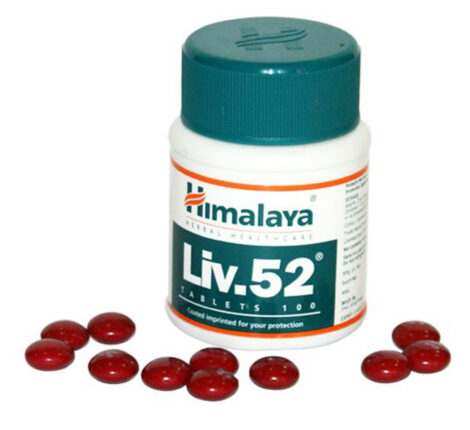The Concept Of Originality In Copyright Law
INTRODUCTION
Copyrights are exclusive rights enjoyed by an author/artist in respect to their works in regards to publishing, using, selling etc. of their works1. Indian Copyrights Act provides for what subsists in a copyright work i.e., creation of original literary, dramatic, musical and artistic works; Cinematograph films2 and; Sound recordings3.
The main requirement for copyrights is the originality of the work. The word “Original” is not defined in any of the statutes and it must be analyzed through various judicial pronouncements.
In Copyright, the originality does not require originality of idea but instead originality in the expression of that idea4. Expressing of the idea in any form like written, print, recording etc. must not be done any time before. It is immaterial whether work is wise or foolish, accurate or inaccurate, or whether it has or does not have any literary merit5. A copy of someone else’s creation, does not qualify for a copyright protection.
DOCTRINES OF ORIGINALITY
Judicial pronouncements in different courts all over the world has given rise to doctrines to determine originality. They are explained as under:
1. Doctrine of Sweat of the Brow: The Sweat of the Brow doctrine emphasizes on the amount of labor, skill and diligence that went into producing the work as opposed to how original the work was.
This doctrine was first propounded in the United Kingdom in the case Walter v Lane6, where copyright ability of verbatim reproduction of an oral speech in a newspaper was in question. Considering the amount of labor undertaken by the reporter in taking down and recording the speech, the court was of the opinion that the work was copyrightable in respect to such skill and labor.
2. Modicum of Creativity: This doctrine, requires a minimum degree of creativity involved in the work to be eligible for copyright protection.
In 1991, in the case Feist Publications v. Rural Telephone Service7, the US Supreme Court held that facts cannot be a subject matter to copyright as they do not owe their origin to the author, the court also emphasized that in addition to effort and skill, a minimum amount of creativity is necessary for a work to be considered original.
3. Doctrine of Merger: The Doctrine of Merger is a negative doctrine. By applying this doctrine, the courts refuse to protect the expression of an idea that can be expressed in one way only as it monopolizes the idea as a whole.
In Chancellor Masters of Oxford v. Narendra Publishing House8, The Supreme Court of India held that mathematical questions are expressions of laws of nature. Since language is a limited medium, such laws of nature can be expressed only in a few ways. Hence extension of copyright protection for questions would deny access to ideas that they encompass. This would obviate one of the primary objectives of copyright law i.e., promotion of creativity. For these reasons, the Court held that copyright could not be extended to the questions.
DIFFERENTIATION BETWEEN ORIGINALITY AND NOVELTY
1. Originality is not “new/novelty”. It means originated for the first time by an author and not being copied from a pre-existing work. Novelty, on the other hand, is a requirement for patents which states that a creation must have an inventive step beyond the prior state of art. Copyrights protect the expression of an idea and not the idea in itself. All that is required for copyrights is that the work must be original, and not a copy of someone else’s creation. Hence, the creation or the form of expression need not be new/novel, but must be a composition of the author(s) alone.
2. It is possible for two authors with the exact same idea to get their works copyrighted, provided none of them have copied the work from anybody nor from each other. This is in opposition to patents where inventors with the same idea cannot get patent protection to both of their works. This clearly differentiates between Originality and Novelty.
How to judge the originality of a work?
Literary, artistic and dramatic works are usually made up of various components. An author/creator’ creation of all the components on their own or only a few parts on their own. Irrespective of the number of components copied or created by oneself, the work must be judged on a whole. If and only if the whole work is copied, will the work not be considered an original work.
In the case of Ladbroke (Football) Ltd v. William Hill (Football) Ltd9, Lord Pearce clearly stated that “In deciding … whether a work in the nature of a compilation is original, it is wrong to start by considering individual parts of it apart from the whole, as the appellants in their argument sought to do. For many compilations have nothing original in their parts, yet the sum total of the compilation may be original. …
In such cases the courts have looked to see whether the compilation of the unoriginal material called for work or skill or expense. If it did, it is entitled to be considered original and to be protected against those who wish to steal the fruits of the work or skill or expense by copying it without taking the trouble to compile it themselves. So the protection given by such copyright is in no sense a monopoly, for it is open to a rival to produce the same result if he chooses to evolve it by his own labours. …”
EXCEPTIONAL SITUATIONS THAT ARE CONSIDERED ORIGINAL
1. Derivative Works: Derivations could be in many ways, like, translations, a three-dimensional copy of a two-dimensional work or a two-dimensional copy of a three-dimensional work etc. and all these derivations are considered original though in a general outlook might seem like these are just improvised copies of other works.
In Martin v. Polyplas Manufacturers Ltd, where three-dimensional plastic coins were made from a two-dimensional photograph of the coins, the court stated that the three-dimensional coins held such precision and details that involved a great amount of skill and labor and hence held that the coins were copyrightable.
2. An Adaptation: Adaptations can be making a movie based on a novel or vice-versa etc.
In Christoffer v. Poseidon Film Distributors Ltd, the court while deciding whether the film “Odyssey” which is the adaptation of the work “Odyssey” by Homer is original, stated that in terms of presentation, setting out someone else’s narrative story in the form of a script suitable for filming manifestly involves original work. It may be done well or badly, but either way the writer puts his own effort into it and creates a work which did not exist before.
CONCLUSION
Copyright law is supposed to strike a balance between protection of a work for incentives for the owner and overprotection resulting in monopoly. And for this very reason there is the concept of Originality keeping a check on what can be copyrighted and what cannot. Though the concept of originality is still not exponentially explained, it is upon the judiciary to interpret and use judicial precedents to decide on the copyright-ability of a work on a base by case basis.
References: 1. Section 13(1)(a) of The Indian Copyright Act, 1957 2. Section 13(1)(b) of The Indian Copyright Act, 1957 3. Section 13(1)(c) of The Indian Copyright Act, 1957 4. University of London Press Ltd v. University Tutorial Press Ltd [1916] 2 Ch. 601 5. Walter v Lane [1900] AC 539 6. supra 7. Feist Publications v. Rural Telephone Service 499 U.S. 340 (1991) 8. Chancellor Masters of Oxford v. Narendra Publishing House 2011 (47) P.T.C. 244 (Del). 9. Ladbroke (Football) Ltd v. William Hill (Football) Ltd [1964] 1 W.L.R. 273 10. Martin v. Polyplas Manufacturers Ltd [1969] N.Z.L.R. 1046 11. Christoffer v. Poseidon Film Distributors Ltd [2000] E.C.D.R. 487
Disclaimer: This article is intended to provide general guidance to the subject matter. It does not contain legal advice. For any specific advice/corrections, write to [email protected]
© ZEST IP




